Stored as heat in a bath of molten material, extra energy could be tapped when needed.
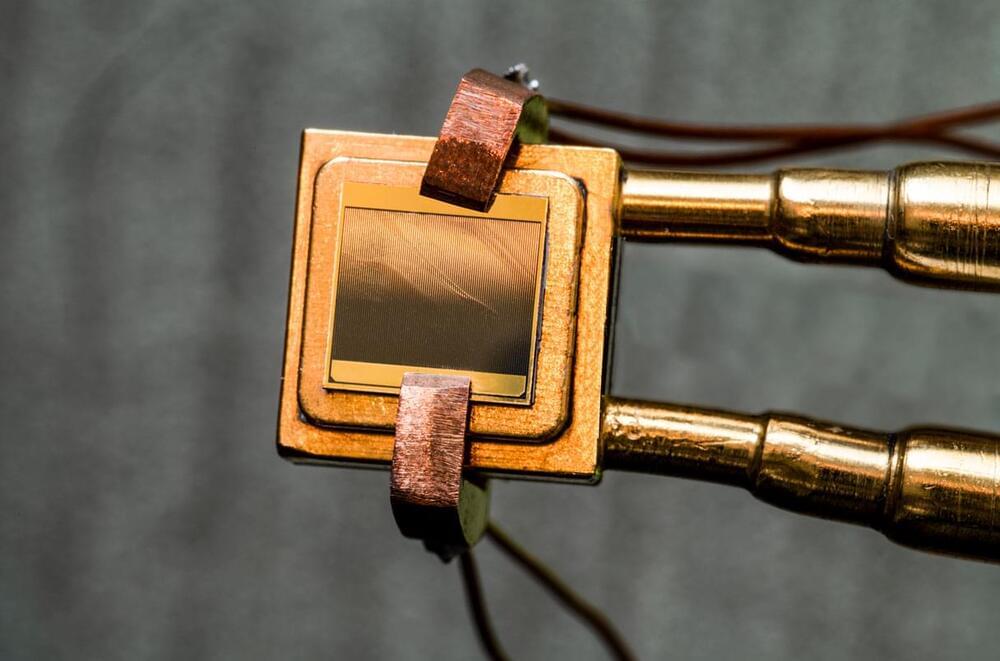

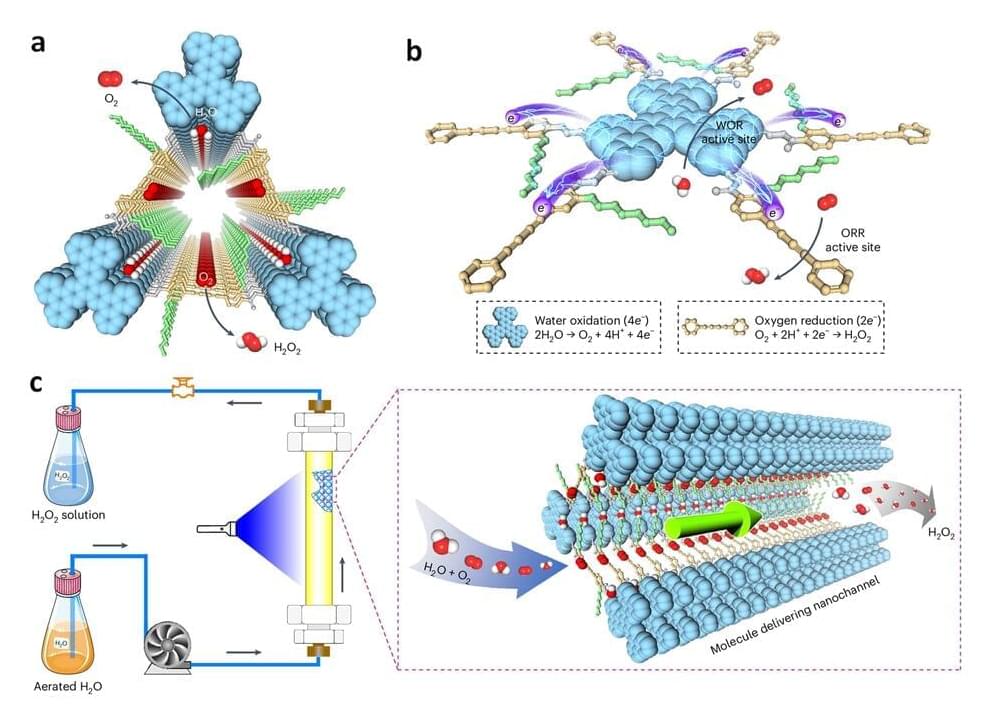
National University of Singapore (NUS) chemists have developed hexavalent photocatalytic covalent organic frameworks (COFs) which mimic natural photosynthesis for the production of hydrogen peroxide (H 2 O 2), an important industrial chemical.
The conventional method of H 2 O 2 production involves using anthraquinone as a catalyst to convert air and hydrogen into H 2 O 2. However, this process requires substantial energy, costly noble metal catalysts, high-pressure hydrogen gas and hazardous solvents. Artificial photosynthesis of H 2 O 2, resembling the natural photosynthesis process with the use of sunlight as an energy source and abundant water and air as feedstocks, presents a sustainable and promising alternative to the conventional anthraquinone process.
However, such an artificial system faces three key challenges: insufficient charge carrier generation and fast charge recombination, which lowers the efficiency; limited number of available catalytic sites, which results in low productivity; and lack of efficient delivery of charges and reactants to the catalytic sites, which causes sluggish reaction kinetics.

O.o!!!! Woah even the news is talking about Dyson spheres now o.o
By Jacopo Prisco, CNN
(CNN) — What would be the ultimate solution to the energy problems of an advanced civilization? Renowned British American physicist Freeman Dyson theorized it would be a shell made up of mirrors or solar panels that completely surrounds a star — harnessing all the energy it produces.
“One should expect that, within a few thousand years of its entering the stage of industrial development, any intelligent species should be found occupying an artificial biosphere which completely surrounds its parent star,” wrote Dyson in a 1960 paper in which he first explained the concept.
China has just connected what it believes to be the world’s biggest solar power plant to the grid in northwestern Xinjiang. The plant covers an area of 200,000 acres and is reported to have an output of 6.09 billion kWh annually.
The new plant is in the deserts near the region’s capital Ürümqi. The site came online this Monday (June 3) and is being run by the Chinese state-owned Power Construction Corporation, according to Reuters.

Swiss researchers have developed a solar energy method using synthetic quartz to achieve temperatures above 1,000°C for industrial processes, potentially replacing fossil fuels in the production of materials like steel and cement.
Instead of burning fossil fuels to reach the temperatures needed to smelt steel and cook cement, scientists in Switzerland want to use heat from the sun. The proof-of-concept study uses synthetic quartz to trap solar energy at temperatures over 1,000°C (1,832°F), demonstrating the method’s potential role in providing clean energy for carbon-intensive industries. A paper on the research was published on May 15 in the journal Device.
The Need for Decarbonization.

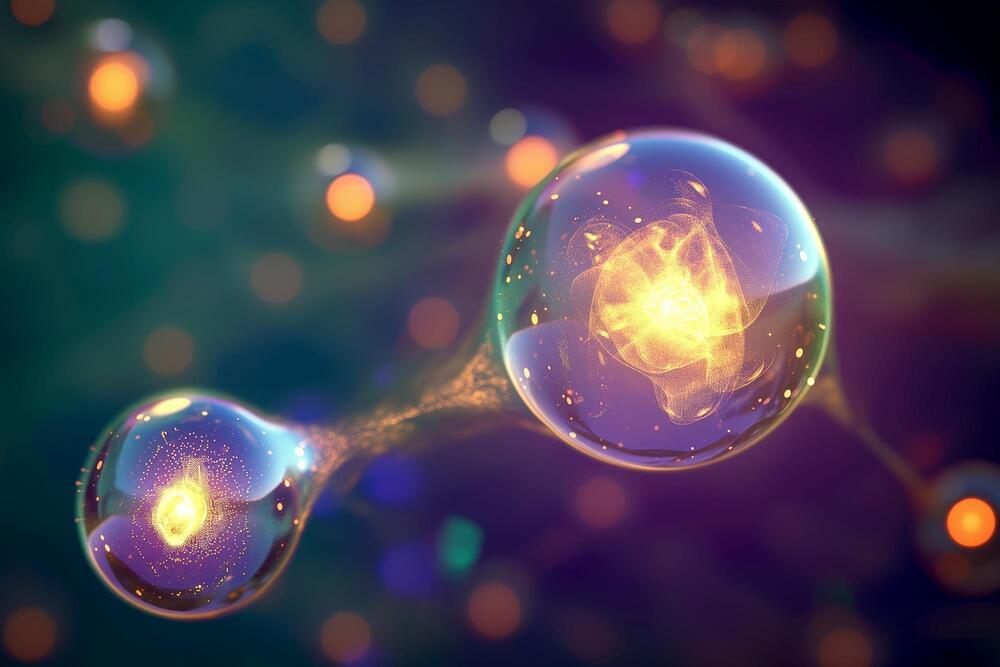
A research team has developed a novel “pulse-shaped” light method to enhance the electrical conductivity of PbS quantum dot solar cells. This new technique, which replaces the lengthy traditional heat treatment process, generates substantial energy at regular intervals, significantly improving efficiency and addressing defects caused by light, heat, and moisture exposure. PbS quantum dots, known for their wide absorption range and low processing costs, are now more viable for commercial use. This advancement is expected to facilitate the broader application of quantum dot technology in optoelectronic devices. Credit: SciTechDaily.com.
A research team headed by Professor Jongmin Choi from the Department of Energy Science and Engineering at Daegu Gyeongbuk Institute of Science and Technology has successfully developed a “PbS quantum dot” capable of quickly improving the electrical conductivity of solar cells. This collaborative effort involved Professor Changyong Lim of the Department of Energy Chemical Engineering at Kyungpook National University, led by President Wonhwa Hong, and Professor Jongchul Lim from the Department of Energy Engineering at Chungnam National University, under the leadership of President Jeongkyoum Kim.
The team identified a method to enhance electrical conductivity through the use of “pulse-shaped” light, which generates substantial energy in a concentrated manner at regular intervals. This method could replace the heat treatment process, which requires a significant amount of time to achieve the same result. This approach is expected to facilitate the production and commercialization of PbS quantum dot solar cells in the future.
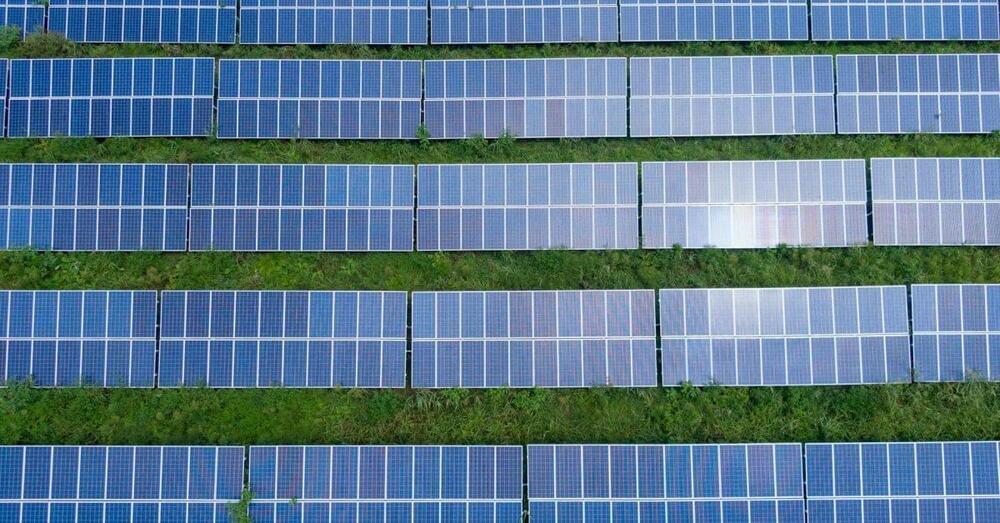
Wyoming just approved its largest solar farm – 771 megawatts (MW) of utility-scale solar plus battery storage.
Developer Enbridge has been issued a siting permit by the Industrial Siting Council to construct and operate Cowboy Solar I & II on private land leases in Laramie County, in the state’s southeast corner. Next steps will be to obtain county, environmental, and municipal permits.
Cowboy Solar I will include 400 MW of solar power and 136 MW of battery storage, while Cowboy Solar II will have 371 MW of solar power and 133 MW of battery storage.
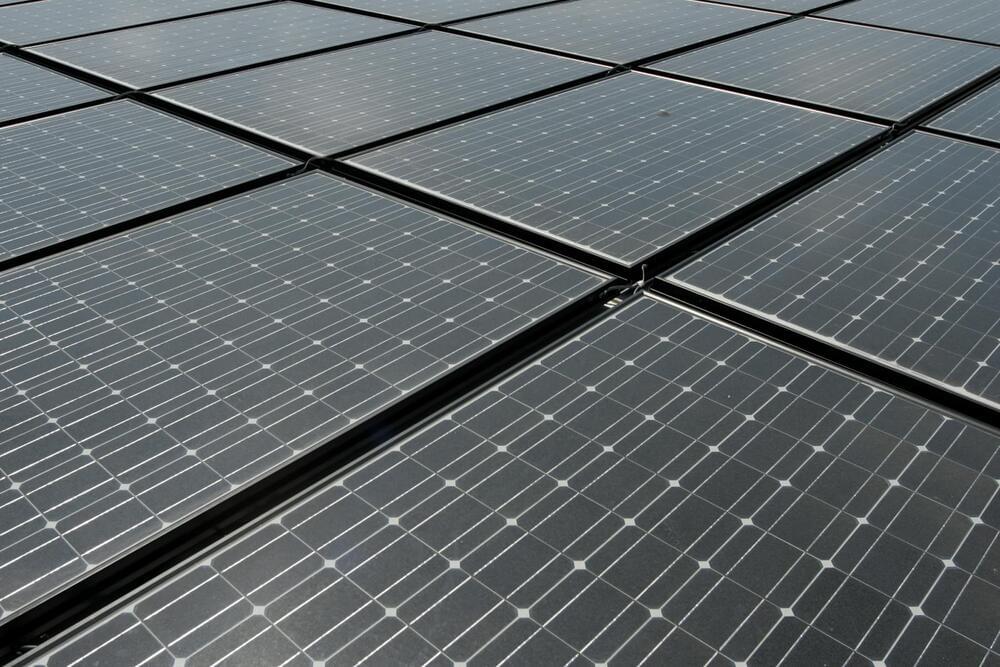
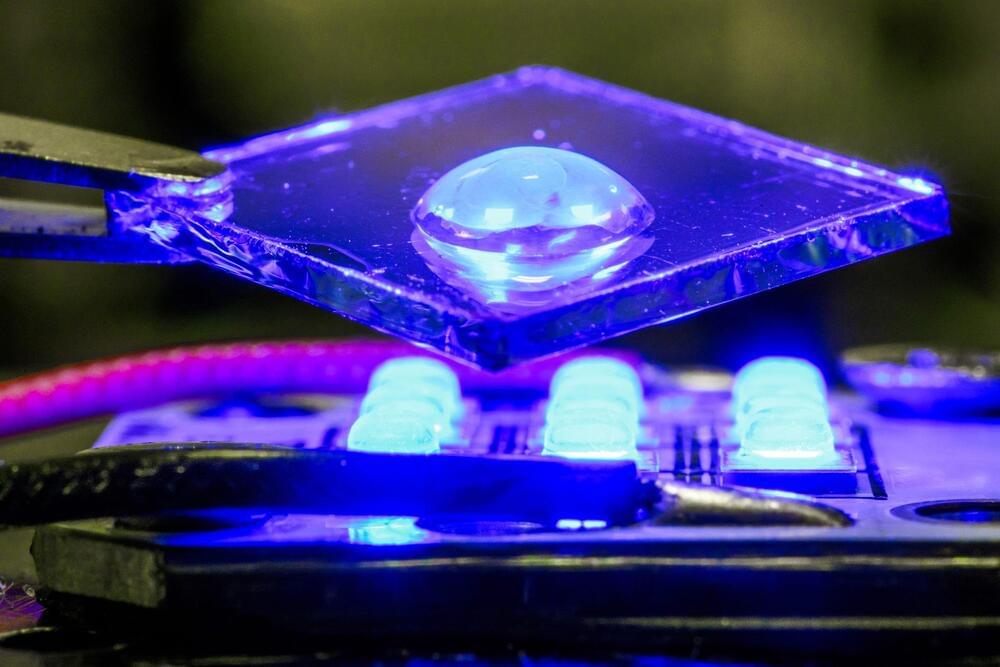
Semiconductors are the foundation of all modern electronics. Now, researchers at Linköping University, Sweden, have developed a new method where organic semiconductors can become more conductive with the help of air as a dopant. The study, published on May 15 in the journal Nature, is a significant step toward future cheap and sustainable organic semiconductors.
“We believe this method could significantly influence the way we dope organic semiconductors. All components are affordable, easily accessible, and potentially environmentally friendly, which is a prerequisite for future sustainable electronics,” says Simone Fabiano, associate professor at Linköping University.
Semiconductors based on conductive plastics instead of silicon have many potential applications. Among other things, organic semiconductors can be used in digital displays, solar cells, LEDs, sensors, implants, and for energy storage.